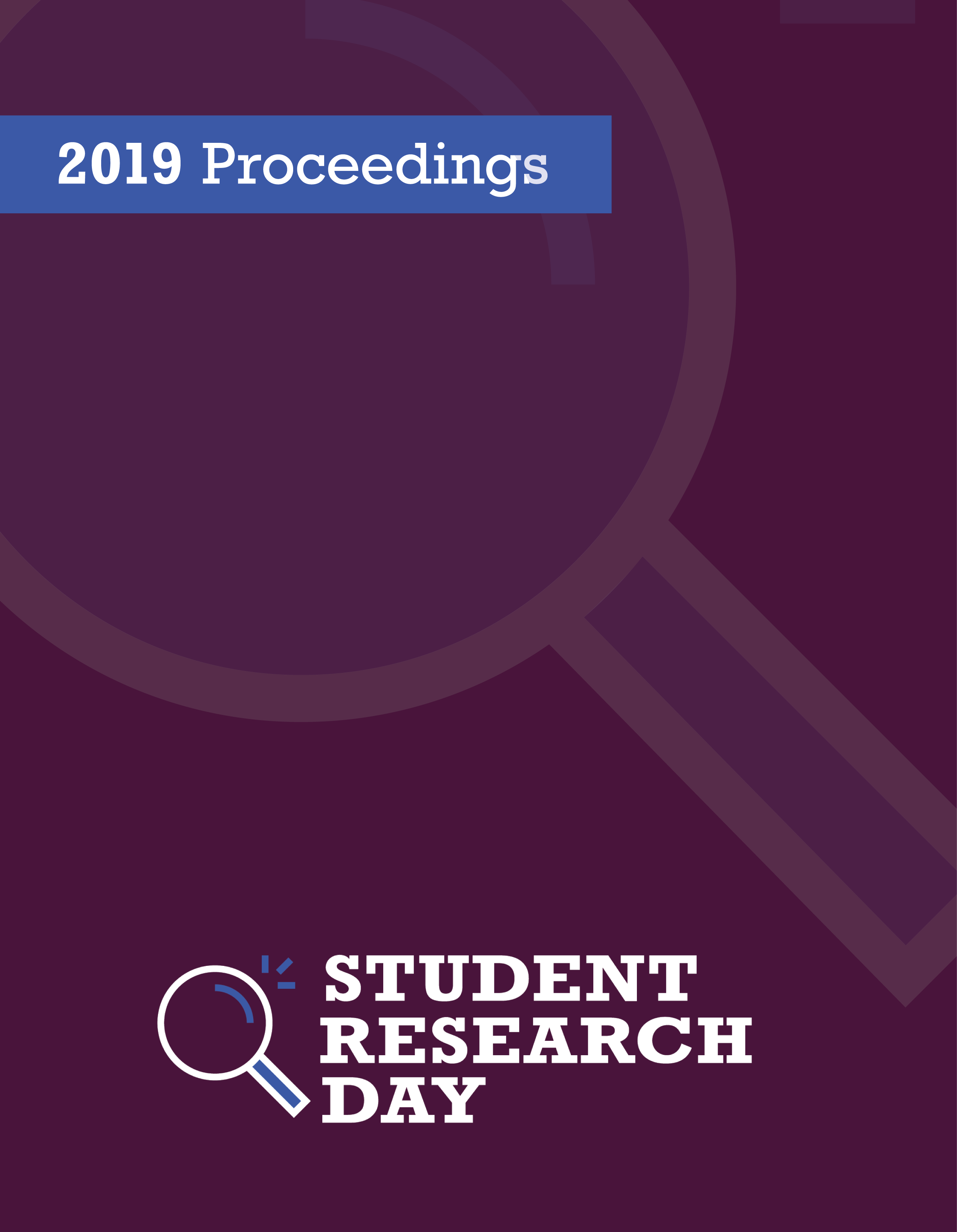Quasi-crystalline Diffraction and an Introduction to Aperiodic Order
Abstract
The atomic structure of inhomogeneous substances is extremely complex, and consequently for these complex structures there is little concrete knowledge of how or if they may be induced to display superconductive behavior under appropriate conditions. As atomic diffraction and superconductivity are both intrinsically quantum mechanical phenomena which are explicitly dependent upon the composition and geometry of materials, any insight into the one must surely shed light upon the other. In this way, beyond the immediate benefit to our understanding of the structure and electronic behavior of the materials which we will be investigating would confer, developing better models of these structures and of how diffraction manifests will provide us with new and invaluable tools for investigating and predicting superconductive behavior in materials. Quasi-crystals have already seen use in the creation of new non-stick coatings, and in strengthening treatments of steel and other materials. And of course, the incidental benefits of gaining general insights into the underlying mathematics which we use to model and investigate these phenomena are difficult to overstate.
Faculty Mentor: Nicolae Strungaru
Department: Mathematics
Published
Issue
Section
License
Authors retain any and all existing copyright to works contributed to these proceedings.



